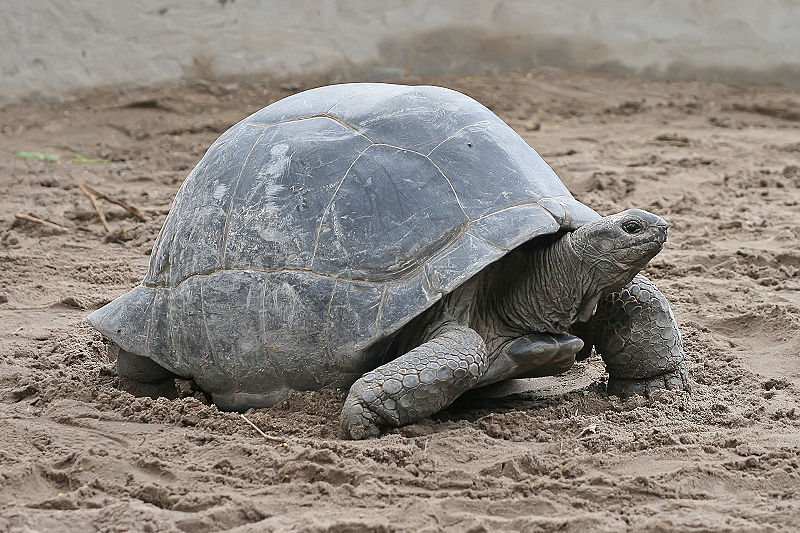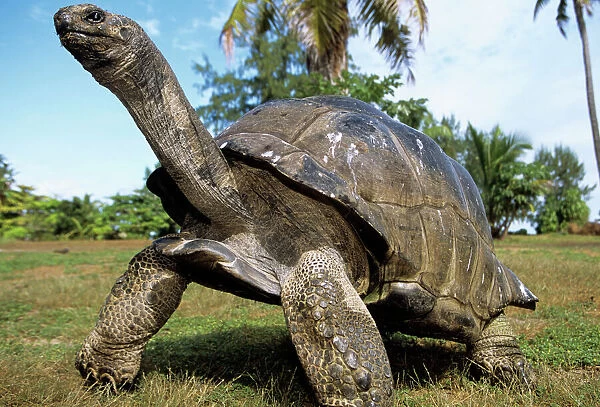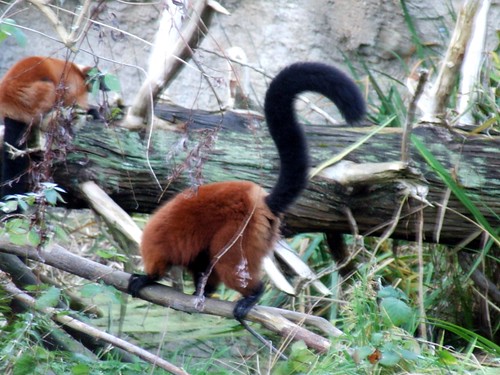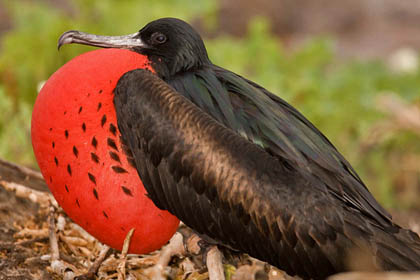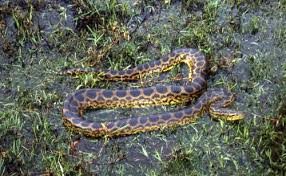The ringtailed coati (Nasua nasua) is an omrnivore from the family Procyonidae. Ringtailed coatis are small raccoon-like animals found in South America. It rated as Least Concern by IUCN.
Physical Features
The ringtailed coati measures about 67 cm (26 inches) excluding the tail. The tail measures 69 cm (27 inches). Males are generally bigger than females. They have a shoulder height of 30 cm (12inches). Ringtailed coatis have stocky bodies, which can range from reddish brown to black. They have very long and banded tails. Their snout is flexible and long, which enables them to catch insects like earthworms and millipedes that live inside the soil. Its fur has coarse and long hair. They have a life span of 17 years in captivity and 5 to 9 years in wild. Ringtailed coatis can weigh 6 kilograms
Diet
The ringtailed coati is an omnivore eating woodland insects like millipedes and earthworms. To catch these soil inhabiting creatures, ringtailed coatis use their long and flexible snout to search and catch them. Adult and large males try to catch bigger prey like other rodents. ringtailed coatis sometimes catch frog and lizards with their forepaws. They are very fond of fruit.
Distribution and Habitat
The ringtailed coati is found in South American countries like Argentina, Colombia, Venezuela, Peru, Ecuador, Brazil and Uruguay. They live in woodlands.
Behavior
Ringtailed coatis are active throughout the day. Females often make groups with their young while males are solitary. They produce grunts and chittering noises to contact with group members. When they are threatened, they will bark.
Conservation Status
The ringtailed coati considered as least concern. They are very abundant and quite widespread. Their population must be several thousands.
Source of picture 1:http://www.flickr.com/photos/81801038@N00/4956021357/












